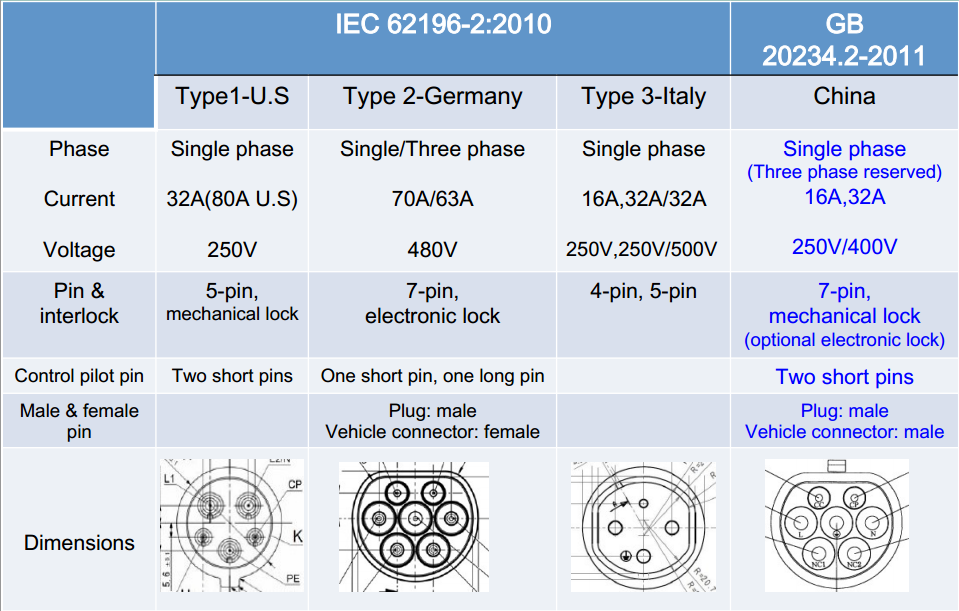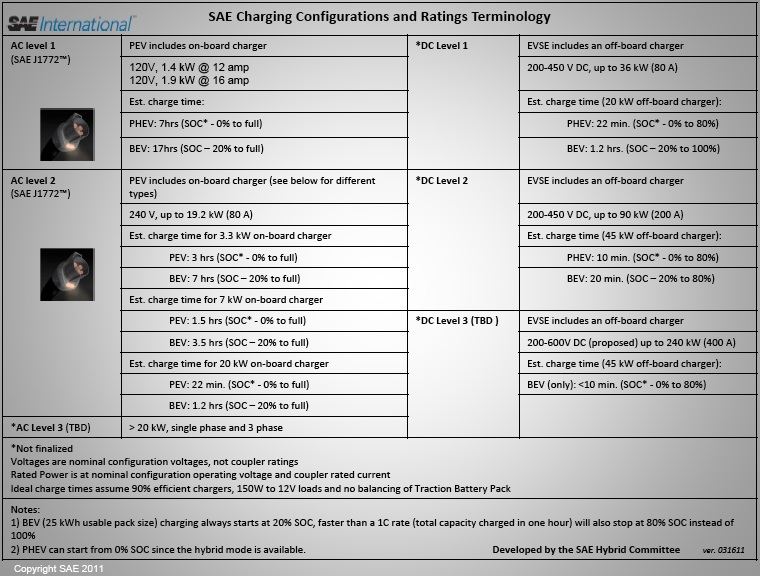

Charging standards are crucial for the future of electric vehicles, and understanding the different systems, like CCS and CHAdeMO, is key to understanding the global EV landscape. The proliferation of electric vehicles worldwide demands a global standard for seamless charging, but the current reality is a complex patchwork of regional preferences. This article delves into the details of CCS, CHAdeMO, and the ongoing push for a universal charging standard to accelerate the transition to electric vehicles, addressing potential obstacles along the way.
Understanding the Importance of Standardized Charging
The Current State of Electric Vehicle Charging
The global adoption of electric vehicles (EVs) is rapidly accelerating, but one key hurdle remains: charging infrastructure. The lack of standardization across countries creates significant challenges for EV drivers and manufacturers, hindering the widespread adoption of EVs. Different charging standards—notably CCS and CHAdeMO—exist, leading to a fragmented charging landscape that can make traveling across borders difficult and expensive. This article examines the critical role of standardized charging in the global EV market, particularly focusing on the competing standards of CCS and CHAdeMO, and the efforts toward future harmonization.
The Evolution of Charging Standards: CCS
The Rise of CCS in Europe and Beyond
The Combined Charging System (CCS) has emerged as a frontrunner in the global EV charging standardization effort, particularly in Europe. Its widespread adoption stems from its relatively high charging power capabilities and its ability to handle different voltage levels. The widespread use of CCS across various countries and automakers contributes to the ease of traveling with an electric vehicle. Its broad acceptance reflects the recognition of its role in promoting EV adoption and facilitating easier cross-border charging experiences for consumers. This robust infrastructure has spurred a rapid increase in EV sales in certain regions.
CHAdeMO: A Historical Context
The Influence of Japan on Fast Charging
CHAdeMO, the Japanese fast-charging standard, played a significant role in the early development of fast-charging infrastructure. Its impact was especially visible in Japan and certain parts of Asia. However, its global adoption has remained limited compared to CCS. The transition from CHAdeMO to a more universal charging standard is likely to be seen as inevitable to promote wider global acceptance of EVs, which will encourage greater EV adoption rates.
Potential Competition with CCS
CHAdeMO initially offered faster charging speeds, a key selling point for many early adopters, but this has become less pronounced with ongoing technological advancements and improvements in the efficiency of other charging standards. A primary factor driving this evolution includes a growing push for a more universal standard, such as CCS.
The Future of Charging Standards
Towards a Unified Approach
The future of EV charging lies in a global, unified standard. This is essential to ensure smooth travel and charging experiences for EV owners across borders. While CCS is currently leading the charge in global adoption, the movement towards a unified standard is gaining momentum. Future charging networks will likely prioritize interoperability and standardization, enabling seamless charging experiences irrespective of the vehicle’s origin. Manufacturers are aligning their strategies to anticipate this trend, with a clear focus on achieving universal compatibility and optimizing charging speed. The development of charging infrastructure is a complex process that requires substantial investment and collaboration between governments, manufacturers, and infrastructure providers.
Case Studies: Regional Adoption
European Focus on CCS
Europe has prioritized CCS, establishing a robust charging infrastructure centered around this standard. Governments and automakers in Europe have collaborated to create a network compatible with CCS charging systems, supporting the widespread use of EVs across the continent. This focus on CCS demonstrates its successful implementation in encouraging consumer adoption and further integrating it into national infrastructure. The prevalence of CCS across Europe shows its effectiveness in establishing widespread charging infrastructure, promoting EV use, and facilitating consumer adoption.
Conclusion of the Global Effort
Continued Research and Collaboration
The international community is increasingly recognizing the importance of standardized charging standards for electric vehicles. The ongoing debate and refinement of these standards is a testament to this recognition. Ultimately, a universal charging standard is the key to unlocking the full potential of electric vehicle technology and facilitating seamless journeys around the world.
FAQ
How does charging standardization affect EV drivers?
What are the expected benefits of unified charging standards?
FAQ Answers
How does charging standardization affect EV drivers?
Standardized charging significantly impacts EV drivers by enabling seamless travel across different countries and regions. With a standardized connector and charging protocol, drivers can easily find compatible charging stations without having to worry about compatibility issues. This eliminates the inconvenience and anxiety of searching for specific charging types, a significant benefit. This fosters greater confidence in the use of EVs and reduces the friction in adopting this technology for personal and professional purposes. Drivers benefit from a simpler and more convenient charging experience overall.
Frequently Asked Questions
What are the key differences between CCS and CHAdeMO?
The primary difference between CCS and CHAdeMO charging standards lies in their connector designs and power delivery capabilities. CCS, a European standard, is now gaining global prominence, often offering higher charging speeds and greater compatibility with a wider range of EV models. CHAdeMO, originally popular in Japan, is now less prevalent. Both standards aim to deliver fast charging but have diverged in their implementation. Ultimately, the choice of standard reflects regional adoption and manufacturer priorities.
In conclusion, the global push for standardized charging is critical for the widespread adoption of electric vehicles. The ongoing evolution of charging standards, from CCS and CHAdeMO to future advancements, underscores the need for seamless interoperability and a globally recognized solution. Understanding these differences is paramount for EV drivers and manufacturers alike. To ensure the future of electric mobility is smooth and efficient, continued research and collaboration are crucial. This will help drive forward charging infrastructure development, encouraging more people to transition to electric vehicles.